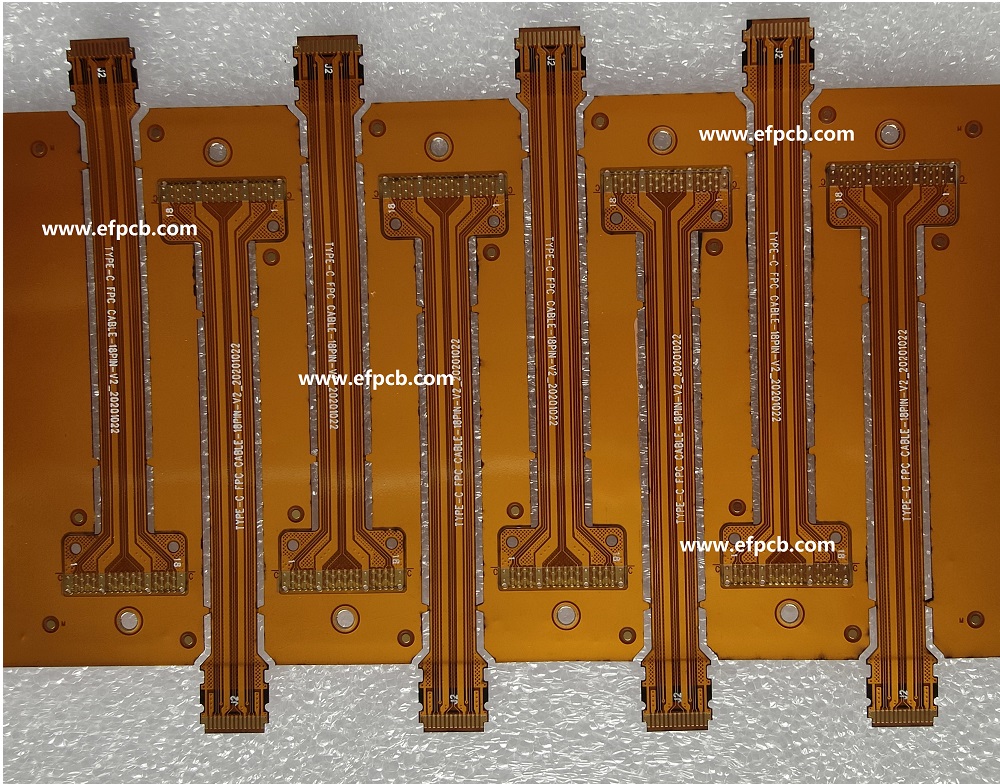Get to Know About the High-Density Interconnect (HDI) Flexible PCBs

Keywords: Flexible PCB
Flexible PCB , also known as flex circuits, provide a flexible alternative to rigid PCBs, allowing for greater design freedom in applications where space and weight constraints are critical. High-Density Interconnect (HDI) takes this flexibility to the next level by integrating advanced technologies to achieve higher component density and enhanced performance.
Miniaturization and Space Efficiency
HDI Flexible PCBs are designed to accommodate a higher number of components in a smaller space, making them ideal for compact electronic devices. This miniaturization is achieved through advanced manufacturing techniques such as microvias, which are tiny holes that connect different layers of the PCB. This results in a significant reduction in the overall size of the circuit.
Improved Signal Integrity
The increased density of components on HDI Flexible PCBs contributes to shorter interconnect lengths. This reduction in signal paths minimizes the risk of signal interference and attenuation, leading to improved signal integrity. This is particularly crucial in high-frequency applications where signal accuracy is paramount.
Enhanced Reliability
The use of flexible substrates in HDI Flexible PCB provides a level of durability and reliability that is unmatched by rigid boards. The flexibility allows these circuits to withstand bending, folding, and dynamic movement without compromising their functionality. This makes HDI Flexible PCBs ideal for applications in industries such as aerospace, automotive, and medical devices.
Advanced Manufacturing Techniques
HDI Flexible PCBs leverage cutting-edge manufacturing processes such as laser drilling and sequential build-up to create intricate and compact circuits. Laser drilling allows for the creation of smaller vias, enabling the routing of finer traces and contributing to the overall reduction in size. Sequential build-up involves layering thin substrates on top of each other, creating a multilayered structure that maximizes space utilization.
Applications of HDI Flexible PCBs
The versatility of HDI Flexible PCBs opens the door to a wide range of applications across various industries:
Consumer Electronics
Medical Devices
Aerospace and Defense: The aerospace and defense sectors leverage HDI Flexible PCBs for their ability to withstand harsh environmental conditions, vibrations, and space constraints in satellite systems, avionics, and military equipment.
Automotive Electronics: In the automotive industry, HDI Flexible PCB plays a crucial role in enabling compact and lightweight electronic components, contributing to advancements in safety systems, navigation, and entertainment systems.




